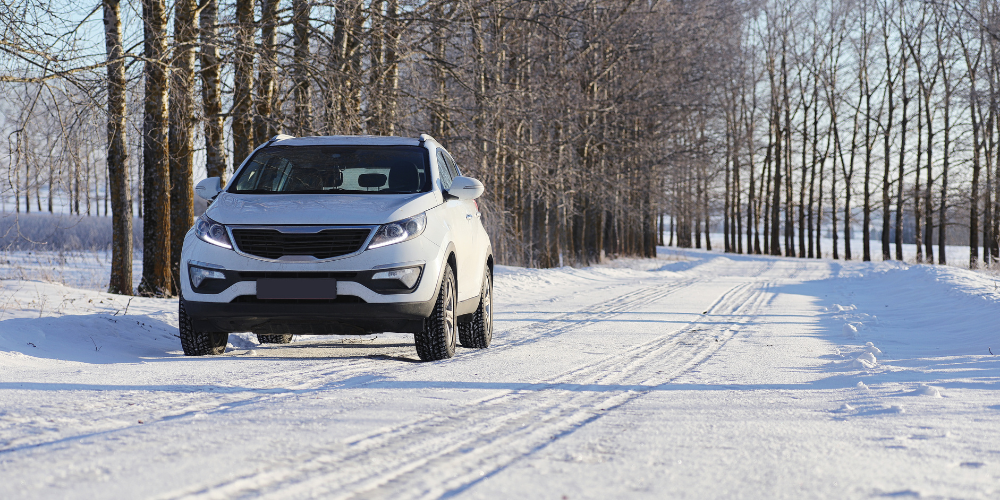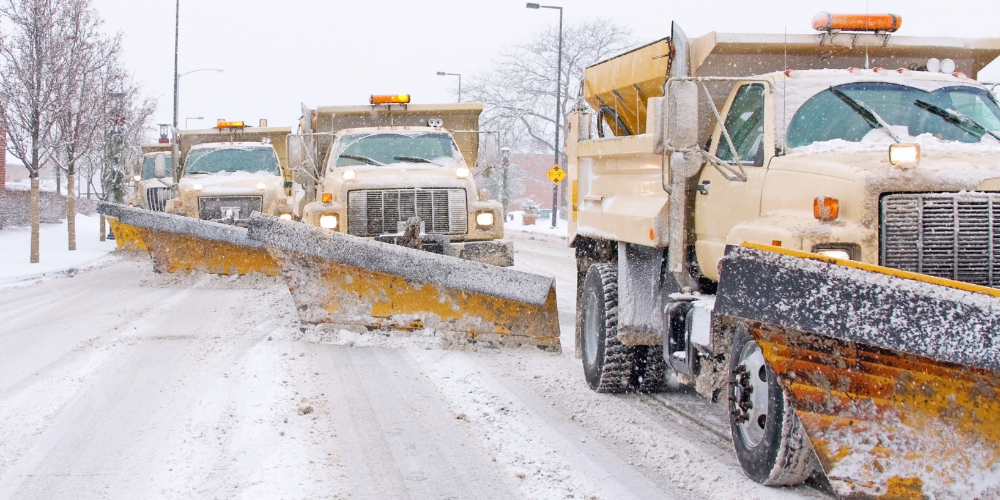While we recommend seeing a chiropractor after a car accident, the most important way to…

6 Tips for Driving on Icy Roads
Each year, around 76,000 people are in winter car crashes that result in injuries. As the roads get colder, they become more slippery with ice. While it’s always important to drive with caution, it becomes even more vital in the winter. Some ice is difficult to see, so it is a good idea to assume that there is always ice on the road in the winter. To avoid injury for you and your loved ones, here are 6 tips for driving on icy roads.
Invest in quality winter tires or chains

Before winter comes, you can prepare for the snow and ice by purchasing quality winter tires. Winter tires can lead to increased traction on the slick roads, and more control in the event that you hit an unexpected patch of ice. Winter tires have deep tread and tend to be slightly larger than traditional road tires. Snow tires not only reduce slip risks, they also improve handling and control in low temperatures.
It might also be a good idea to keep chains in your car in the event that you encounter roads that your tires struggle with. They can also be helpful in the event that your car gets stuck, or if winter tires are a bit out of budget. When possible, investing in quality snow tires or chains could be the difference that keeps your family safe.
Increase your following distance

In the event that you do end up slipping on the road, it’s a good idea to keep your distance from the cars surrounding you. In good weather, the rule of thumb is allowing three seconds between you and the car in front of you.
In slushy, icy conditions, it is recommended to allow 8-10 seconds. The more time that you have to react in the case of an unexpected patch of ice, the less likely there is to be a crash that would result in injury. It also takes longer to stop on slick roads, so giving yourself a cushion if you need to hit the breaks is a good idea.
Don’t use cruise control

Although cruise control can be convenient and helpful on longer road trips, in the winter it’s best to manually drive. This is because cruise control may cause your wheels to spin at different speeds, which can lead to loss of control when steering. This is especially dangerous if the roads are icy and slippery.
Other cars may also stop or skid suddenly, and manual driving gives you more control to avoid those unexpected incidents. Save cruise control for your warm weather vacations and take extra precautions to keep your family safe.
Avoid driving in tire tracks

Following a snow storm, plows may not reach the roads in time for your journey. A common misconception many people have is that they should drive in existing tire tracks to avoid the large amounts of snow. While a smaller car may find this helpful, packed snow is usually more icy and slippery than fresh snow. It’s a better idea to drive in the fresh snow when possible, or avoid the roads when it isn’t.
It’s also a good idea to stick to roads that are quickly cleared in the winter, as the plows usually salt the roads after plowing them as well, eliminating the risk of slipping on ice. This practice can also help you avoid having to drive through snow at all.
Avoid stopping if you can help it

Bringing your car to a complete stop is difficult when traction is limited, such as on icy roads. However, it is also harder to start going again from a complete stop. Rather than stopping your car entirely, it is better to slow down and roll through intersections when possible. Remember to avoid pressing the brakes hard when slowing down and stopping, as the sudden change can lead to an inability to stop altogether, resulting in a more dangerous situation.
For stop signs and lights, this means slowing down enough that you are still able to evaluate when it is safe to continue on the road. Communicating with other cars at intersections is important while driving in these conditions. Remember to follow the laws of the road, but also keep the safety of you and others on the road first.
Practice your winter driving skills

You can never be a perfect driver, but practice makes you safer. Especially if you are new to driving in the snow and ice, it’s a good idea to take your car out to a parking lot or another controlled environment and get comfortable with the snow. Allowing yourself to slide in a less stressful situation so that you can be prepared for it on the road can help keep you from an accident.
You might even consider asking an experienced winter driver to teach you some winter driving tips based on their experience. Remember to wear your seatbelt even when driving around a parking lot in the event of an accident.
In the event of an injury
Sometimes, car accidents are out of your control. Chiropractic care is an important step to accident recovery. In the event that you experience a car crash on an icy road, Accident Treatment Centers is here to help you feel like yourself again.
If you’re looking for a chiropractor following a winter car accident, please contact us here.



